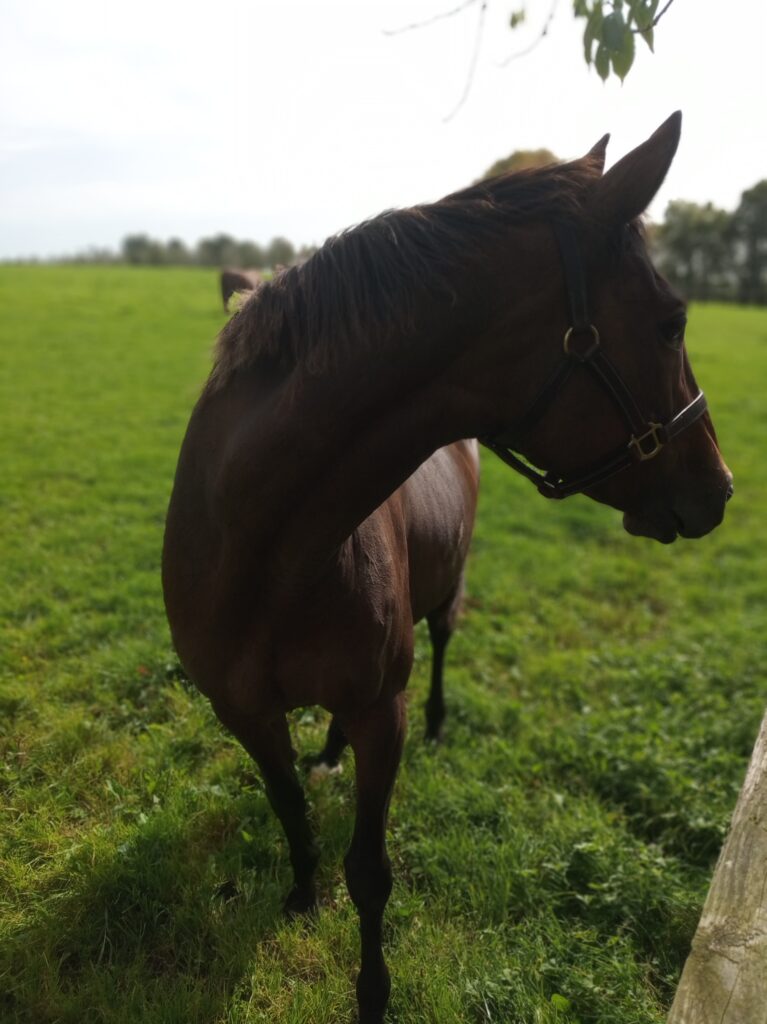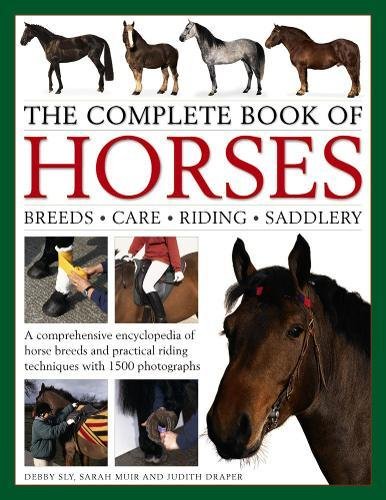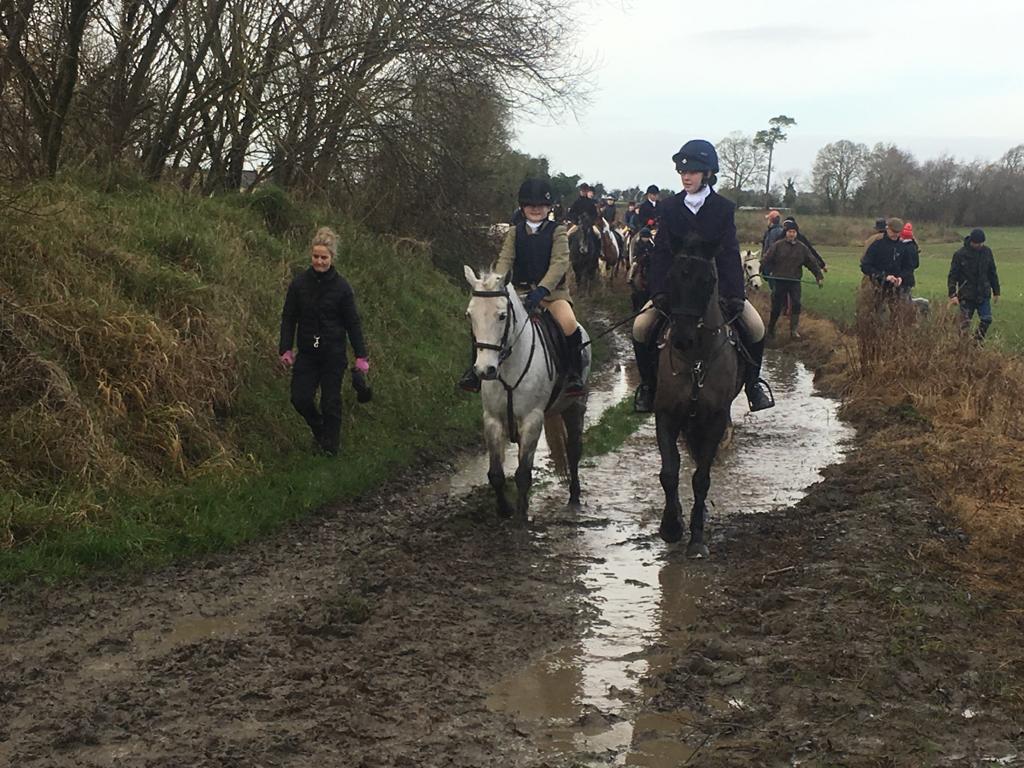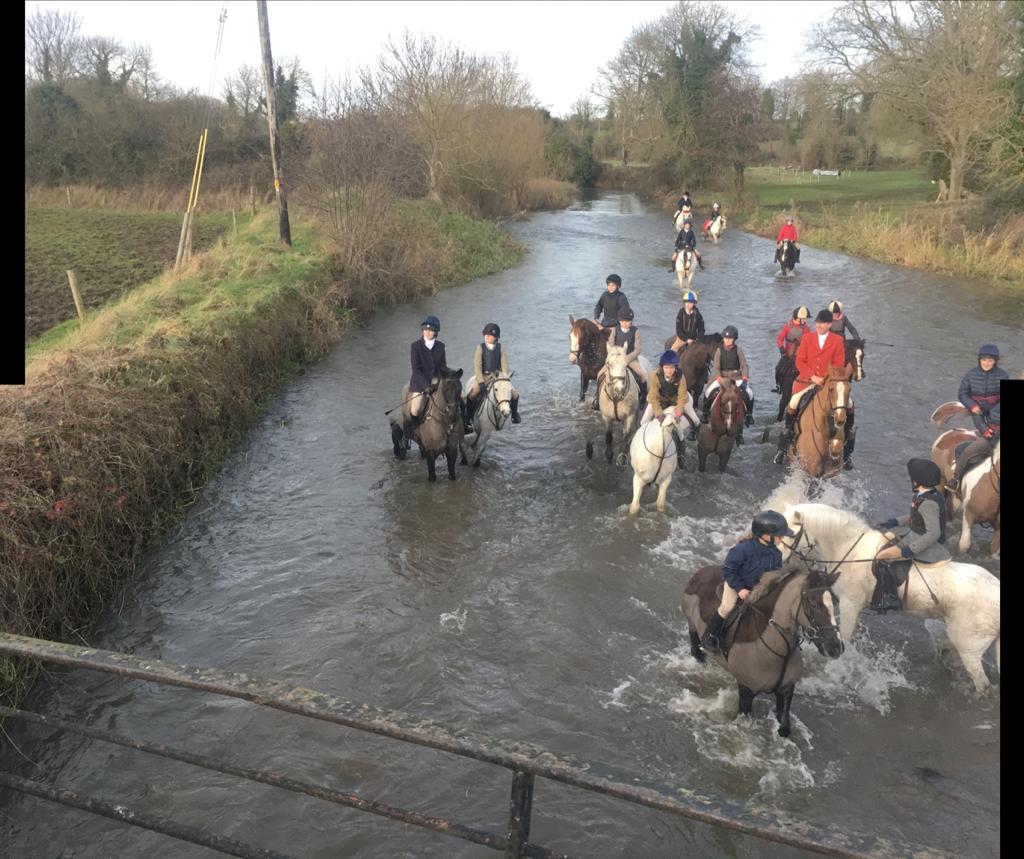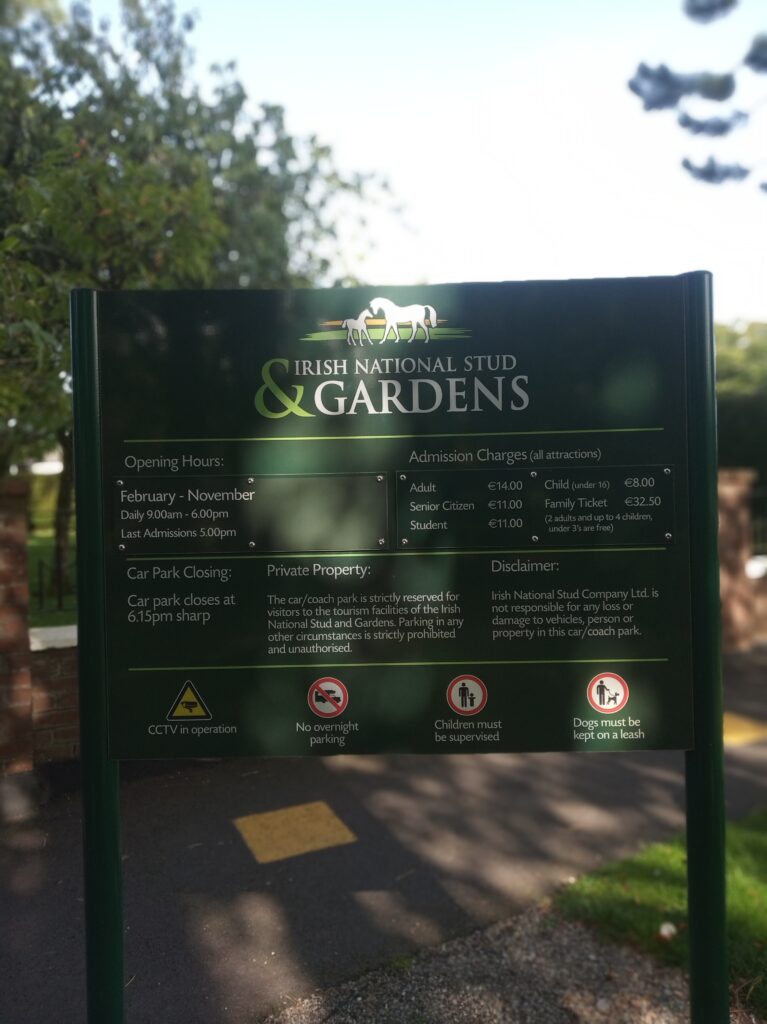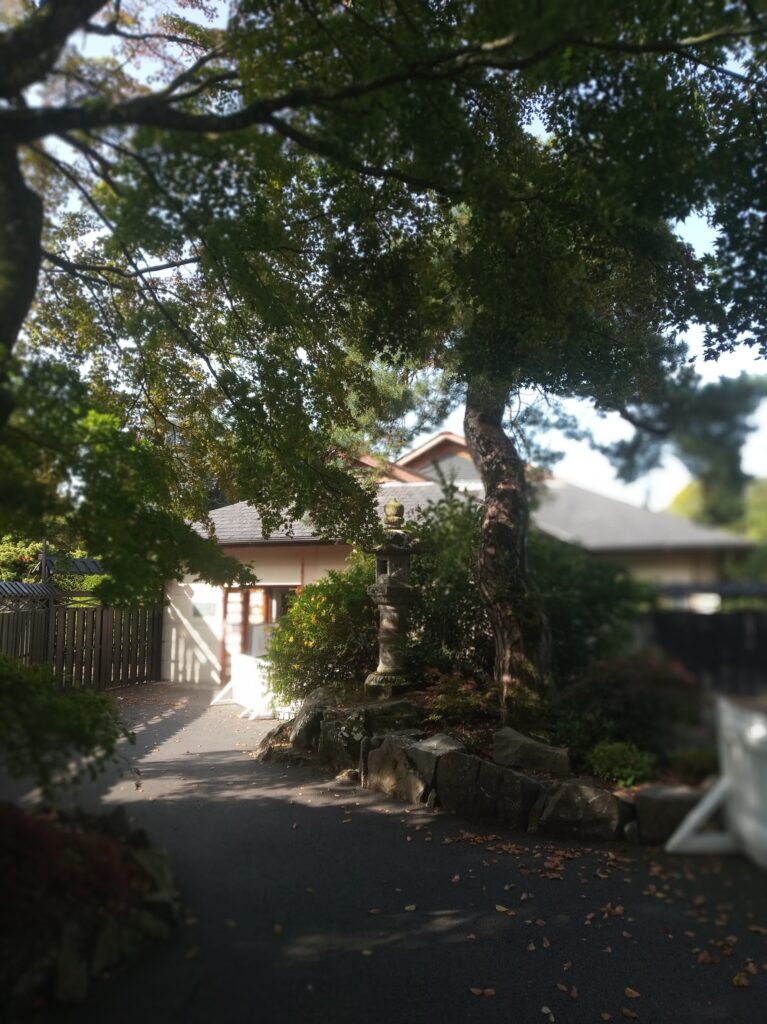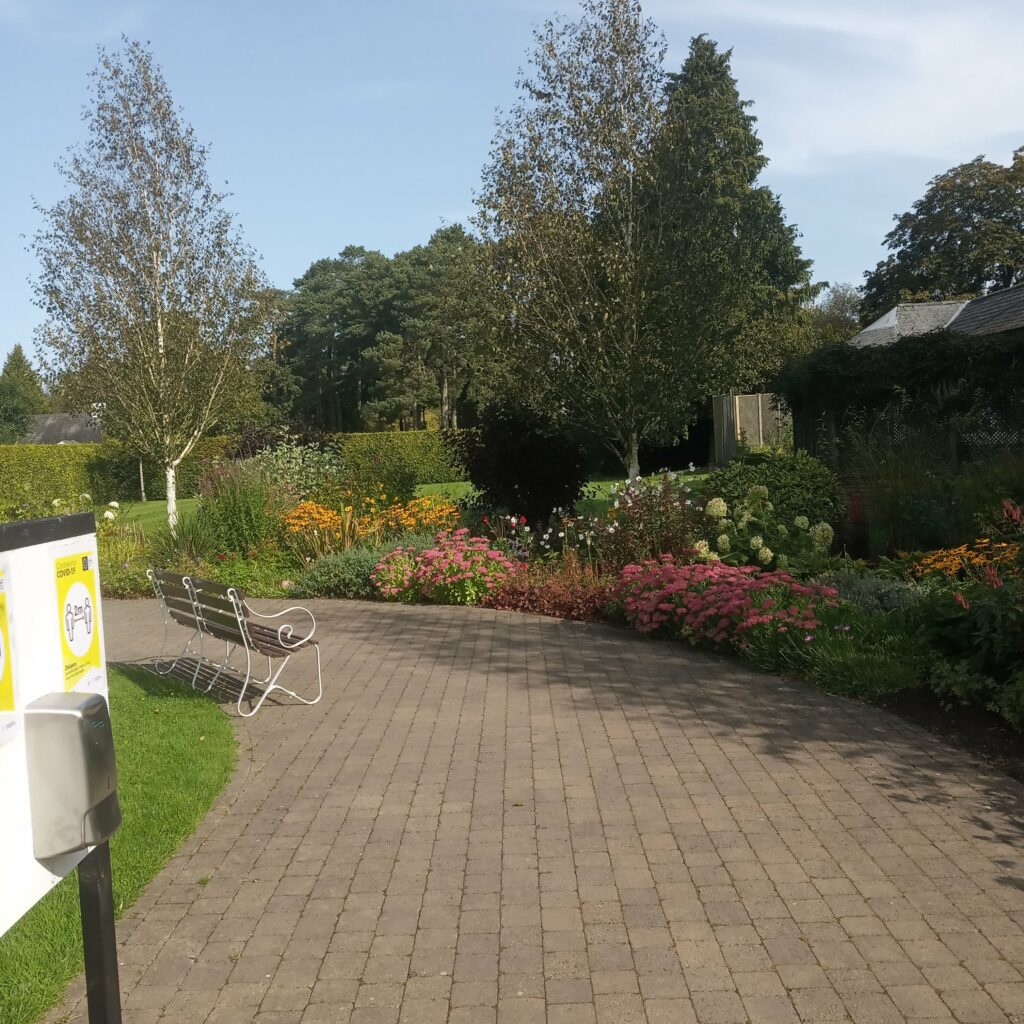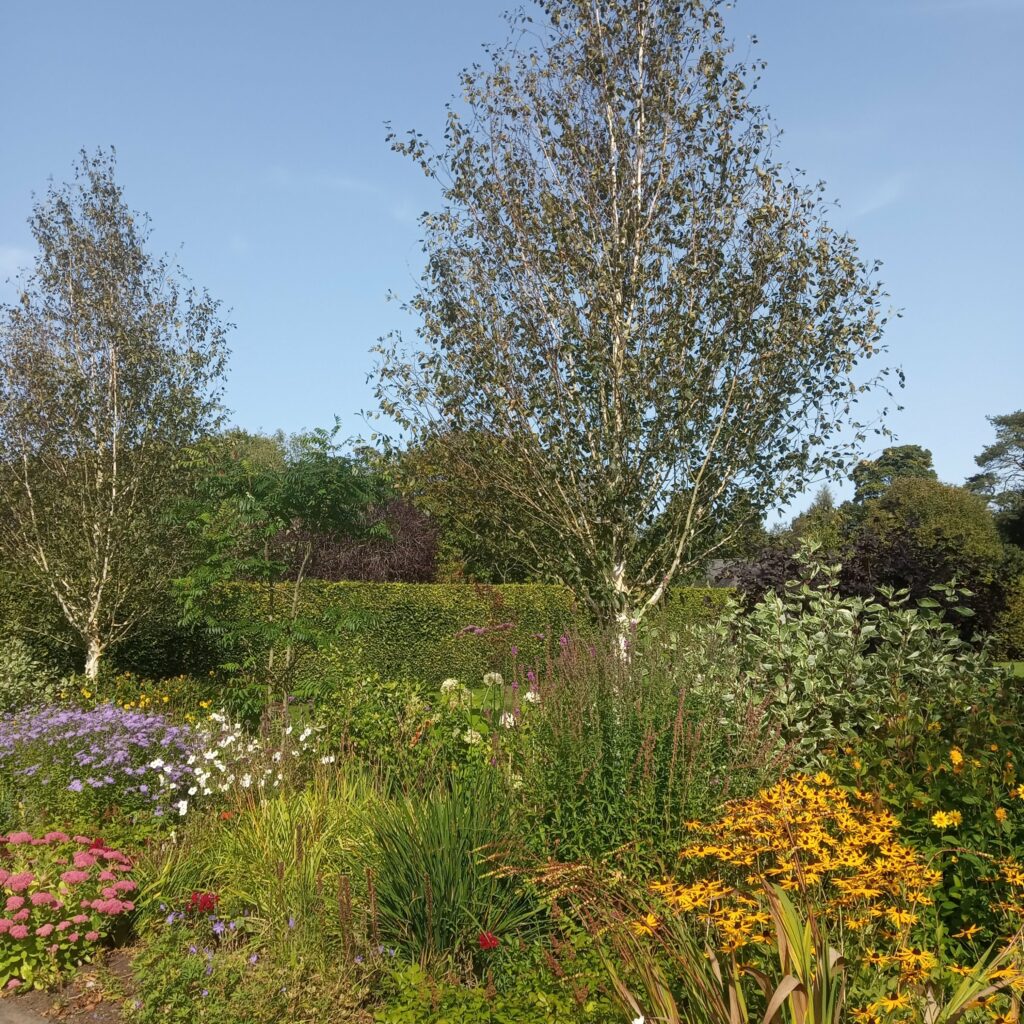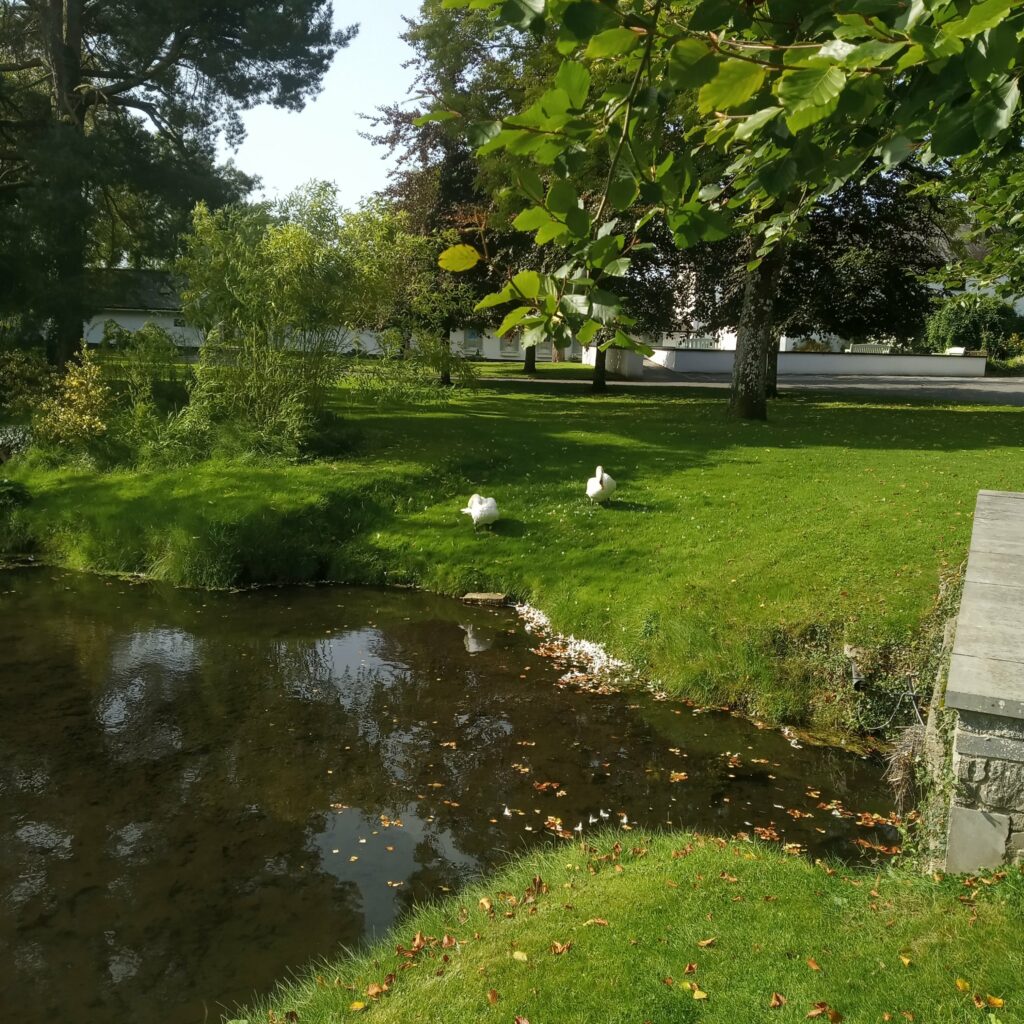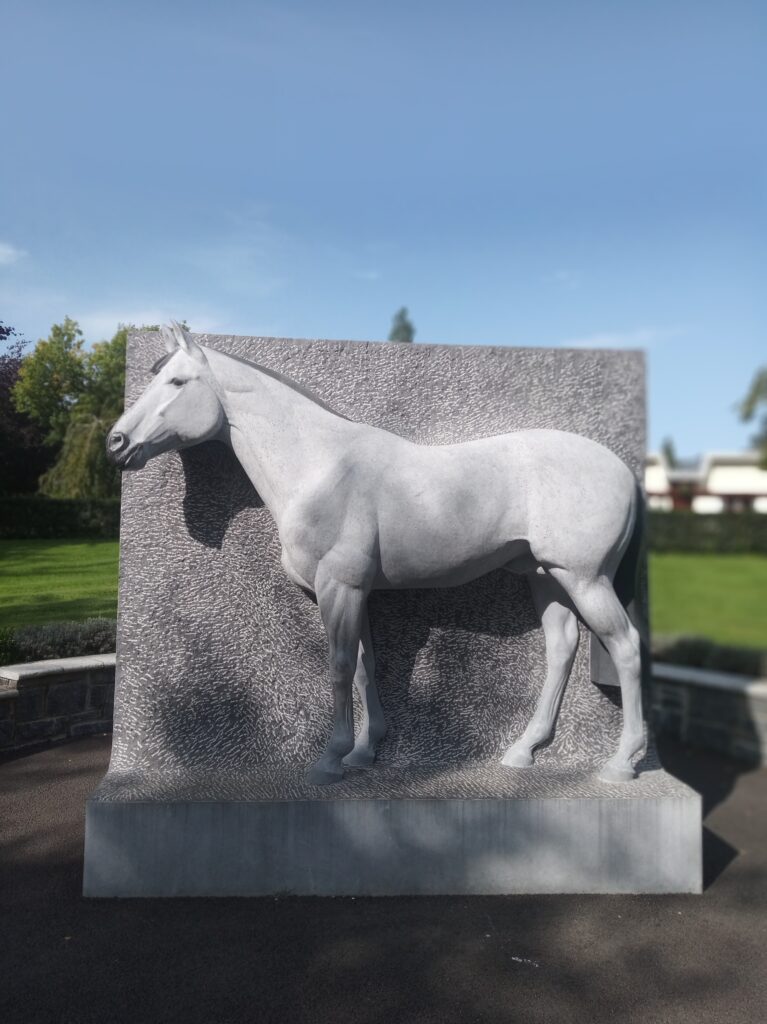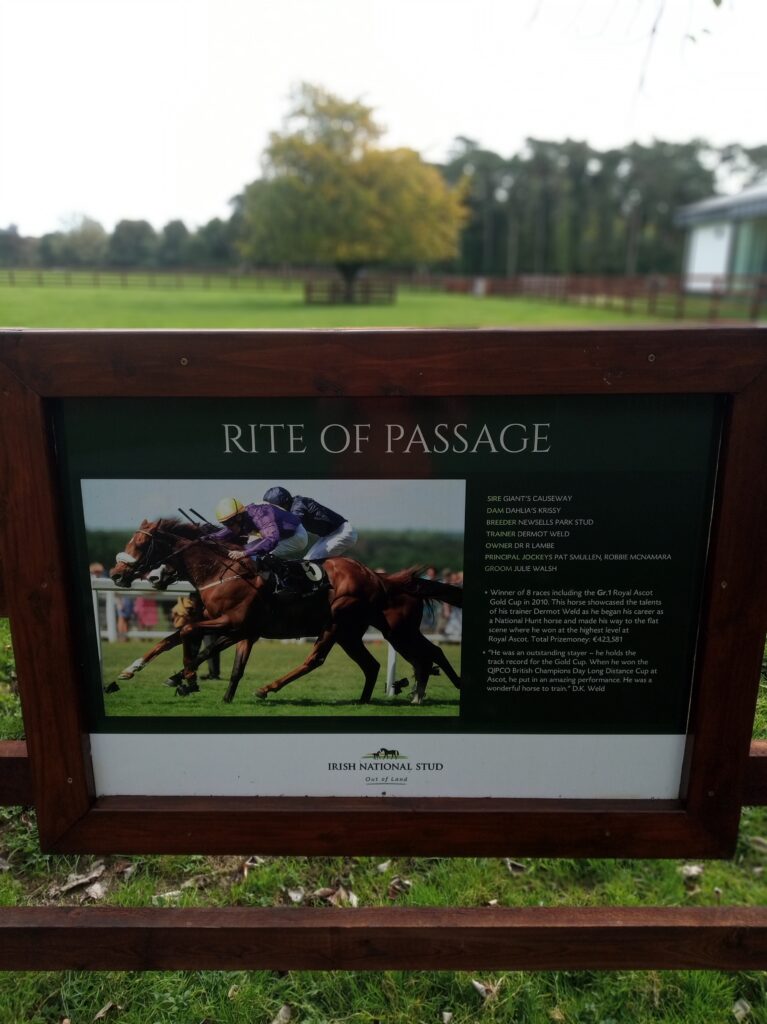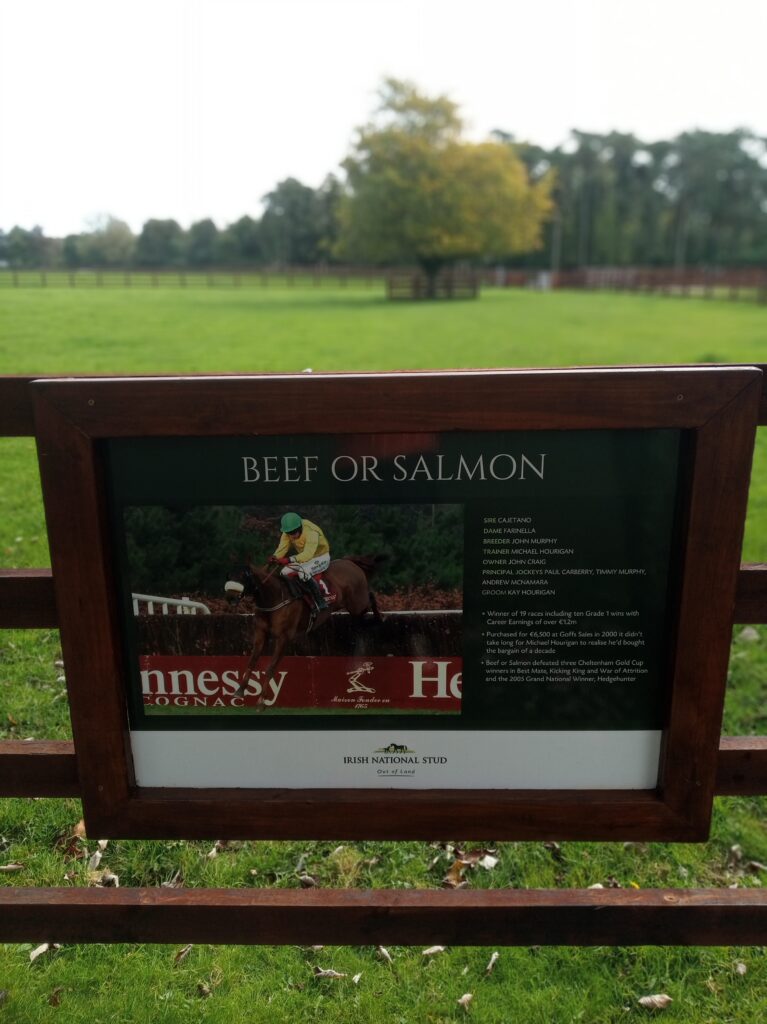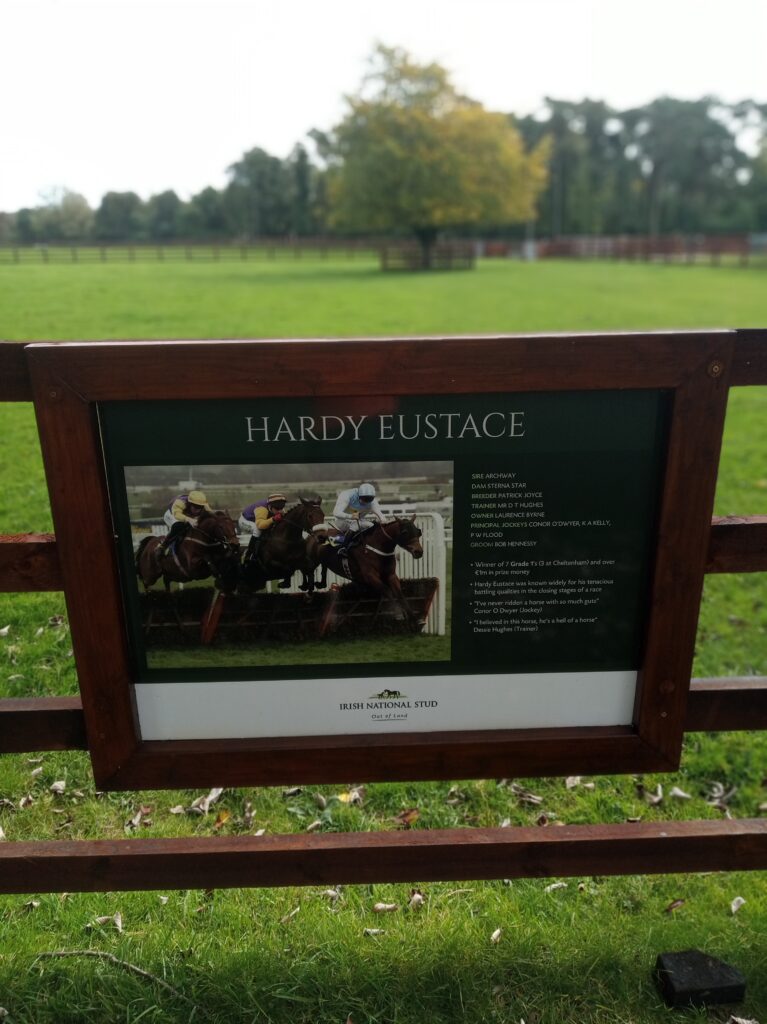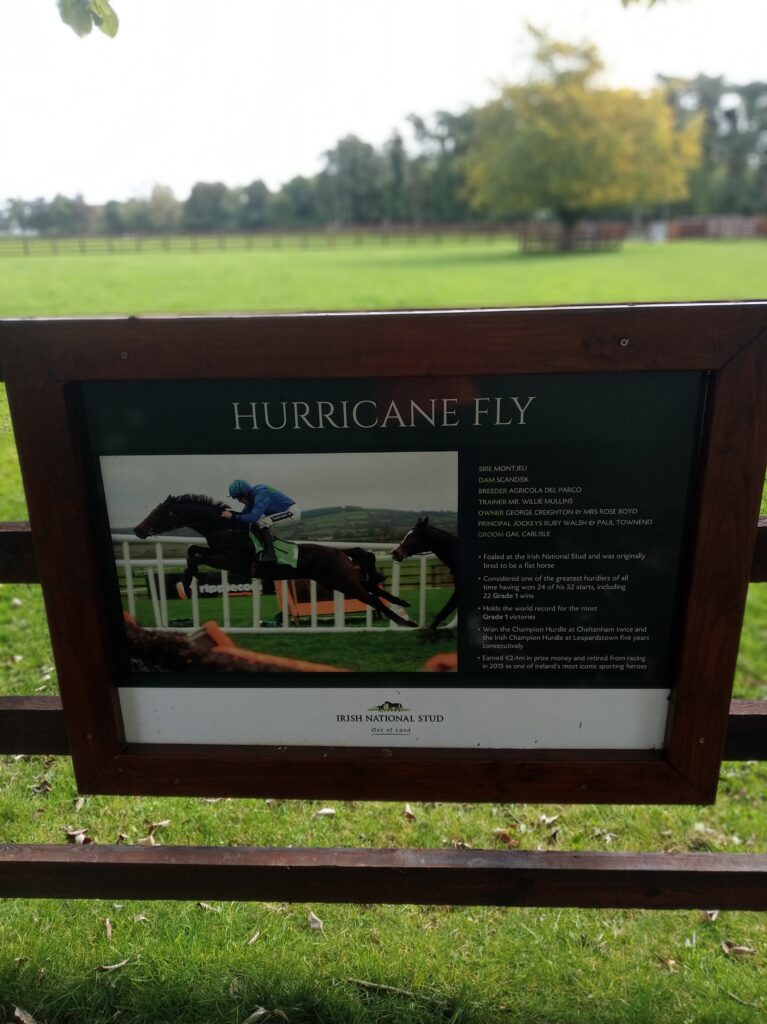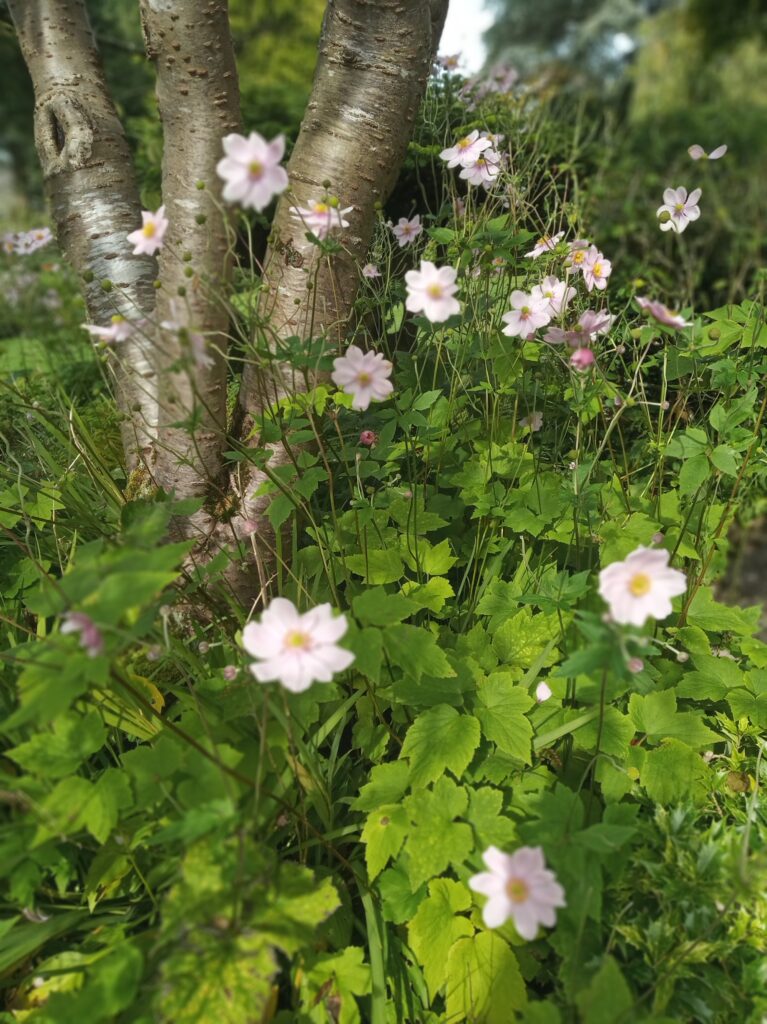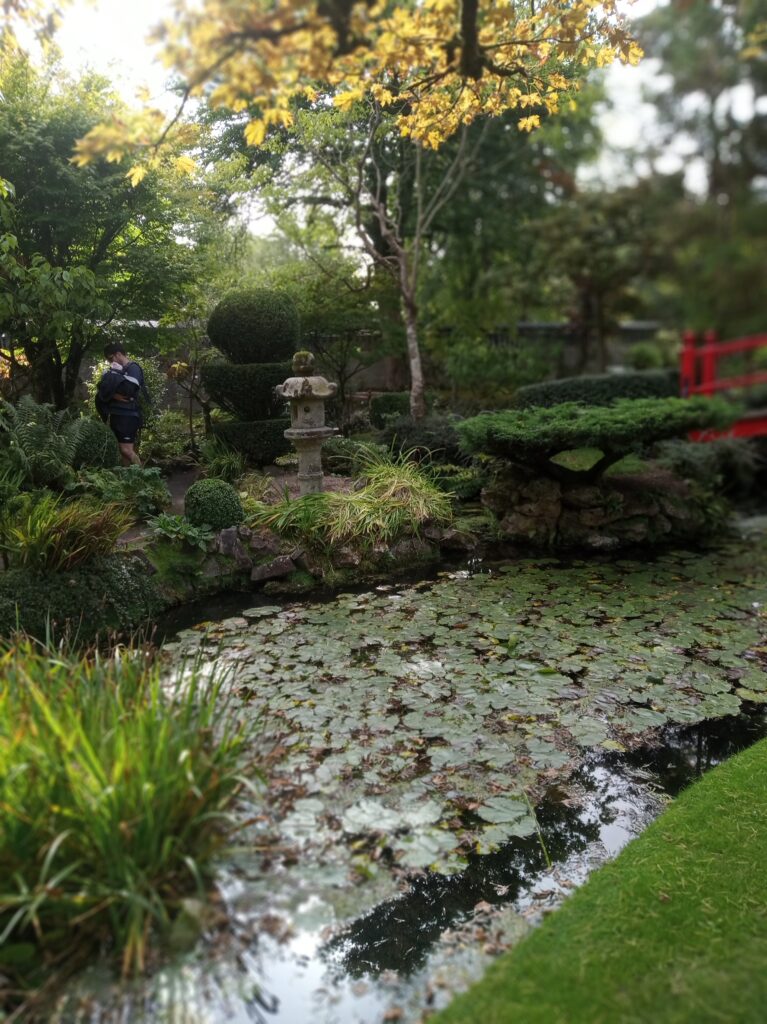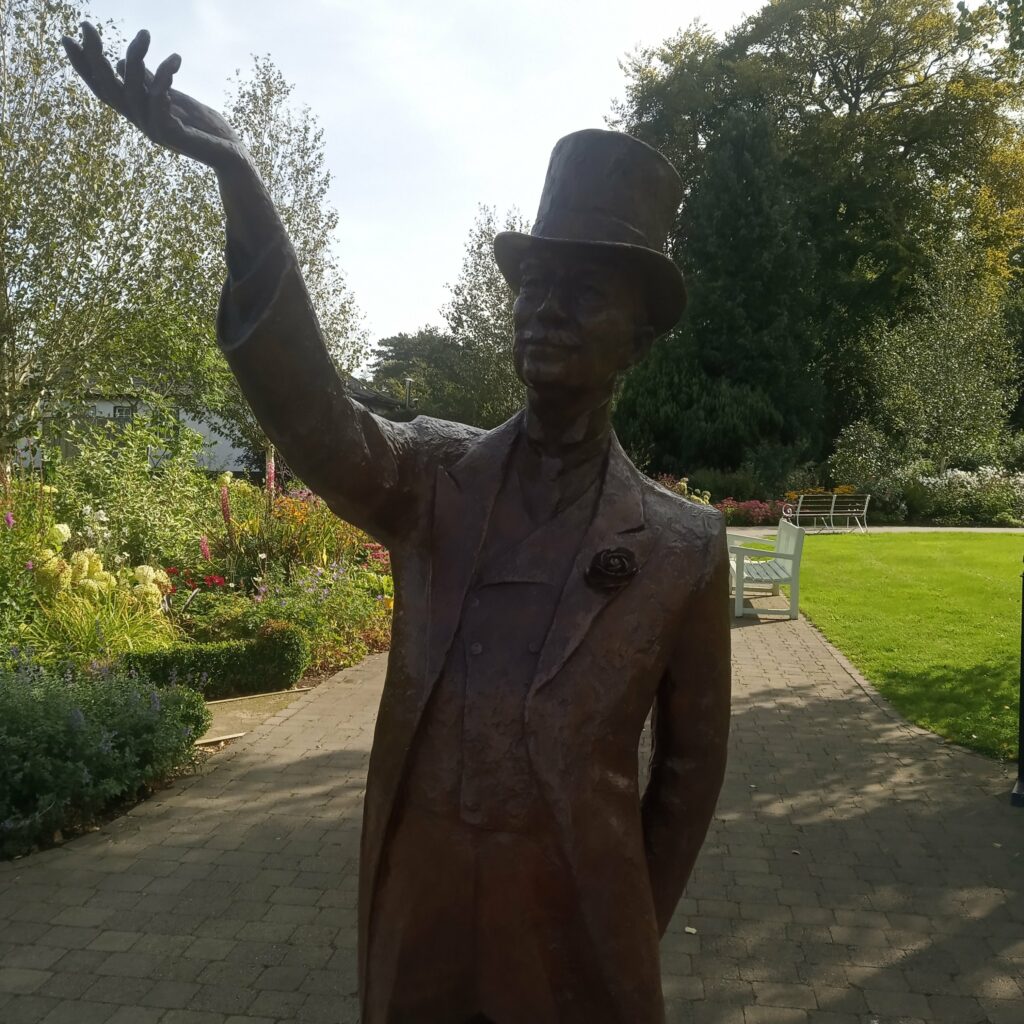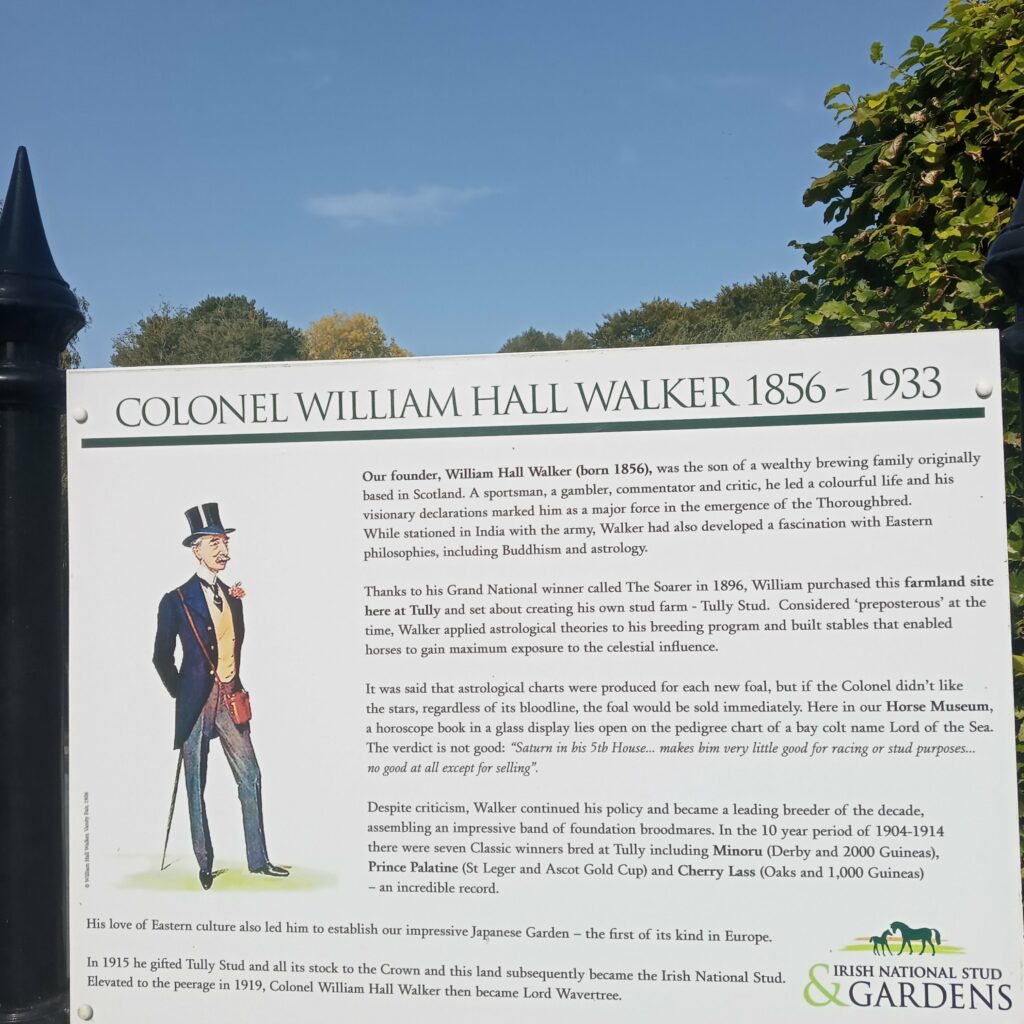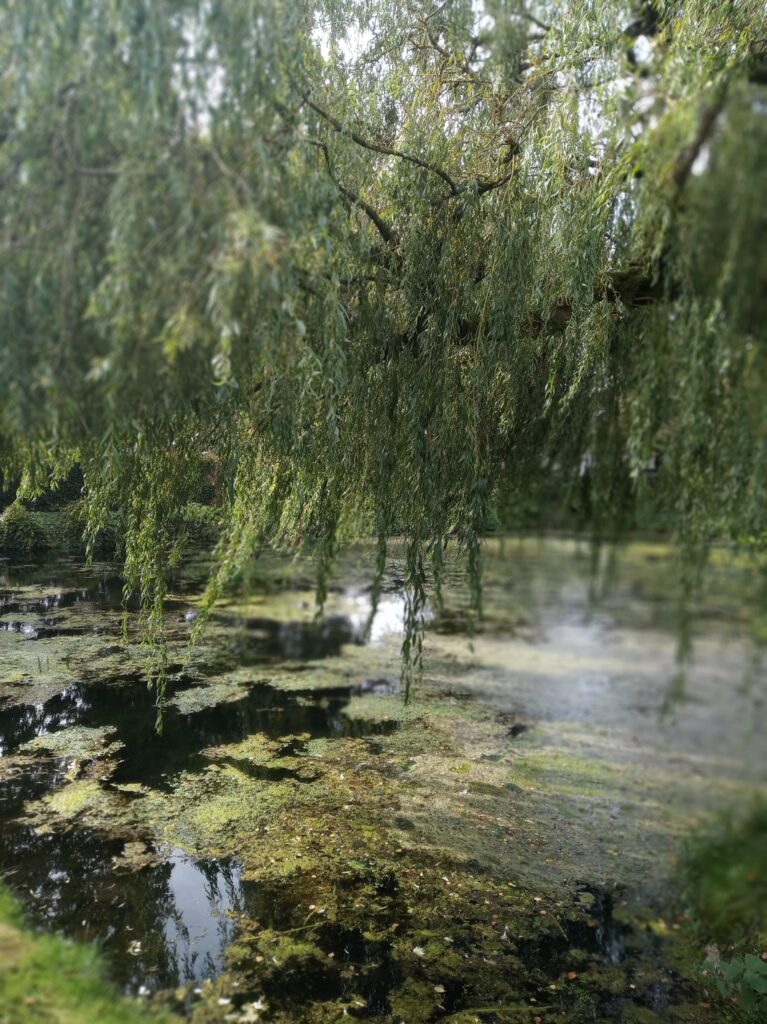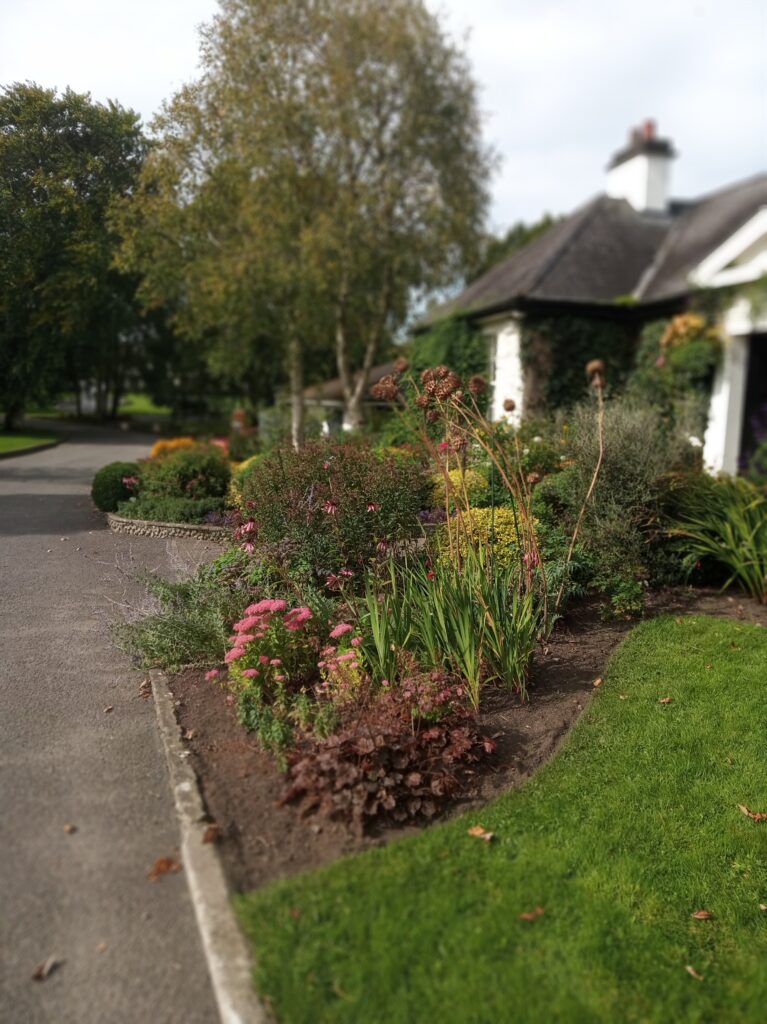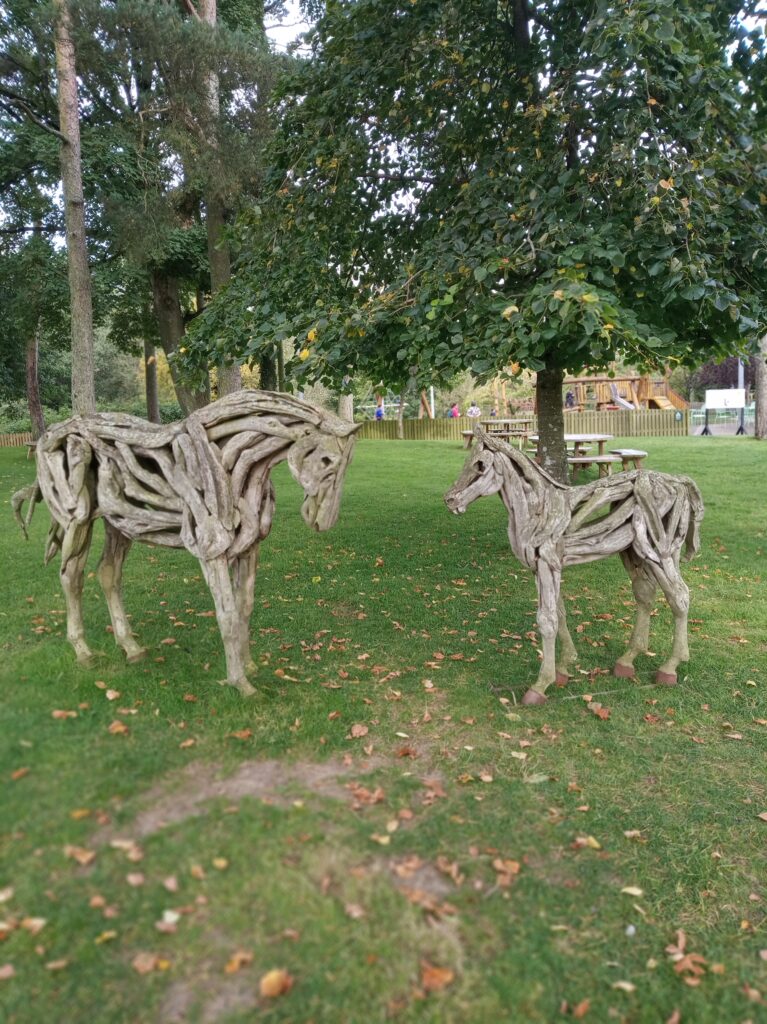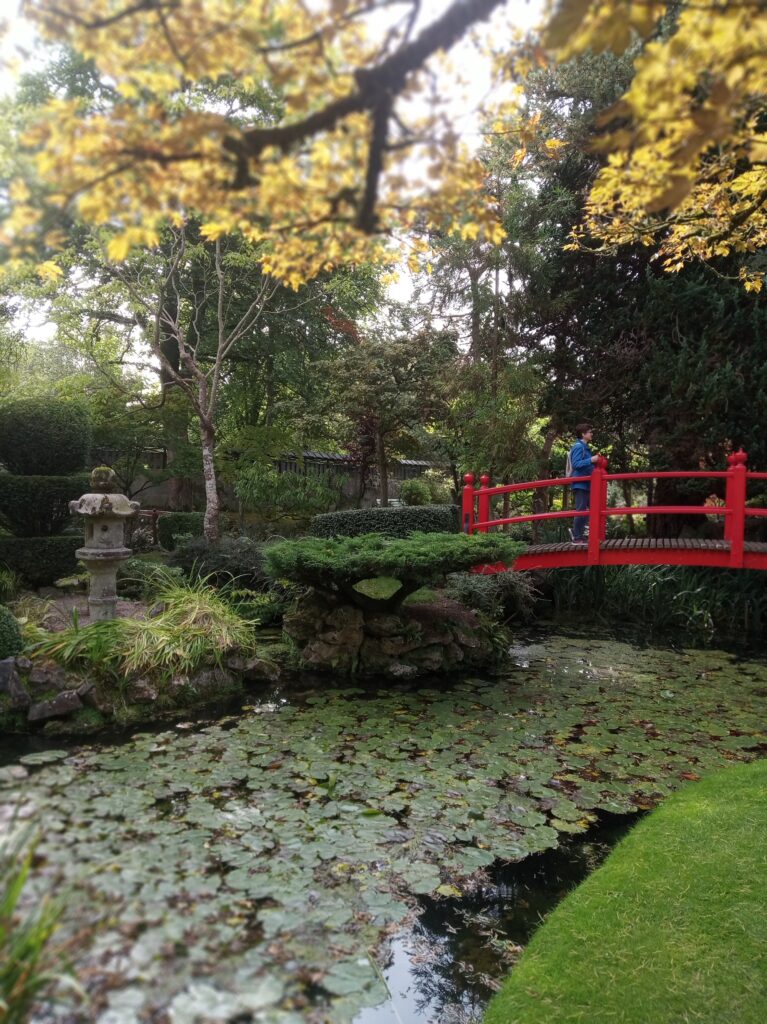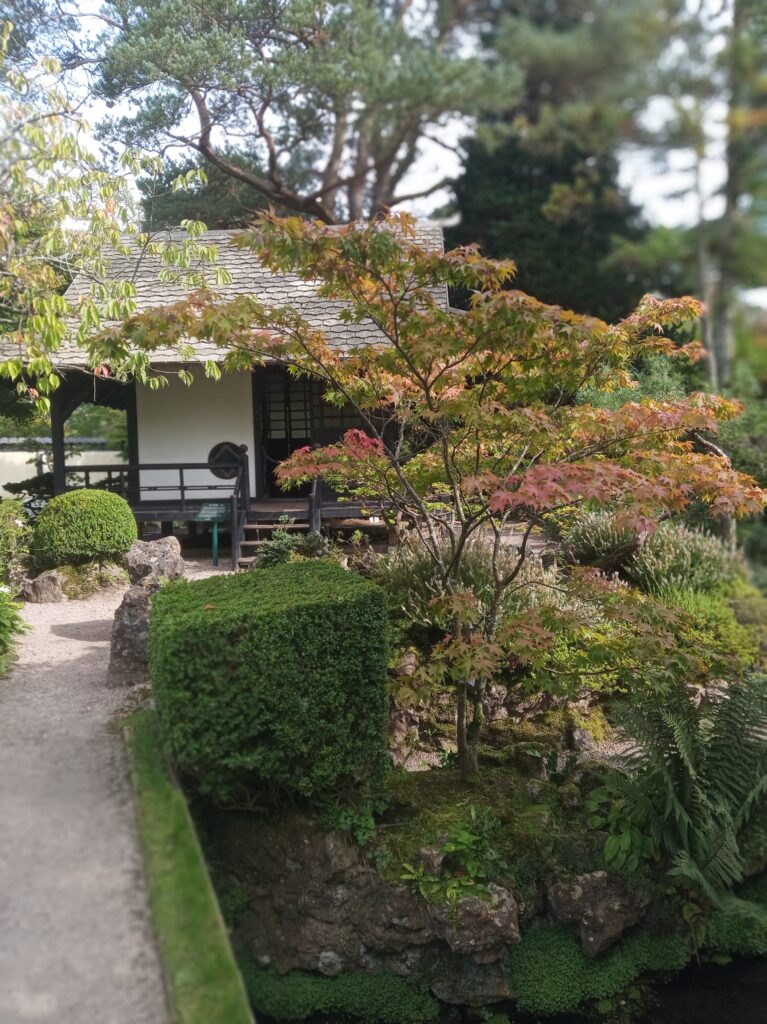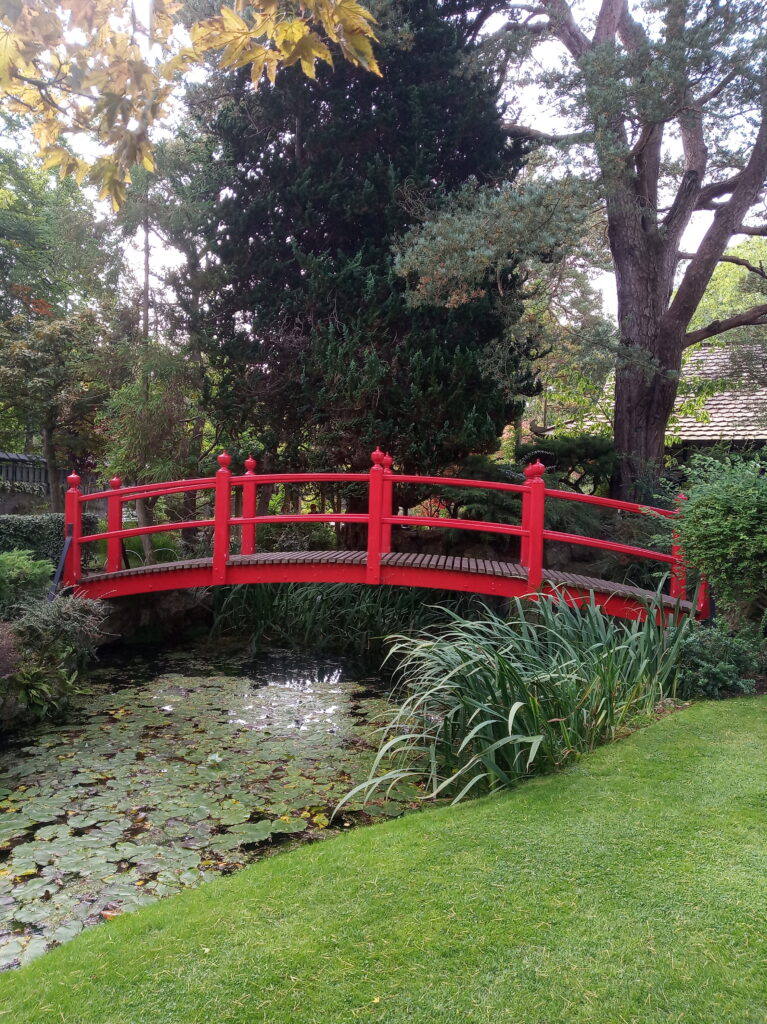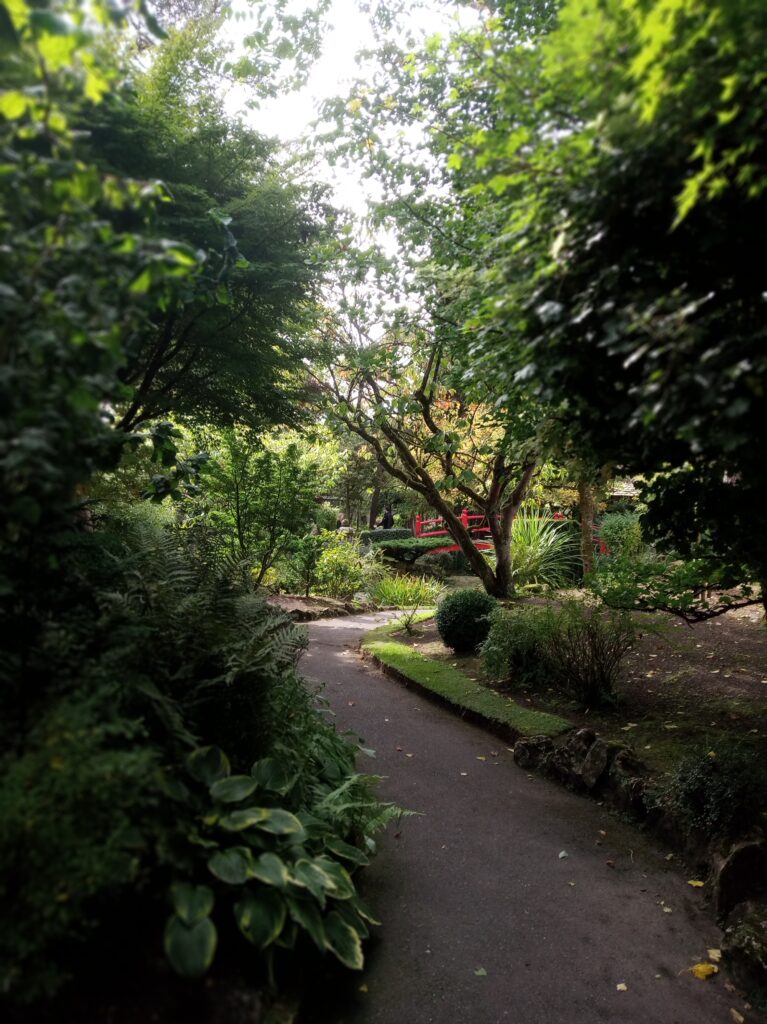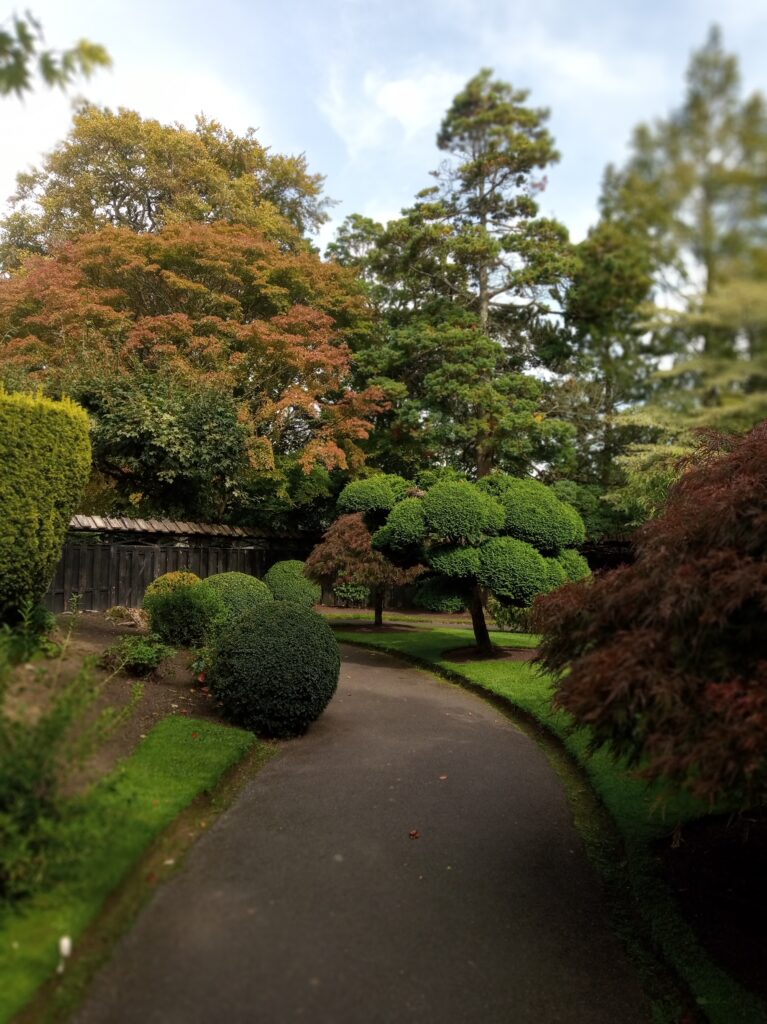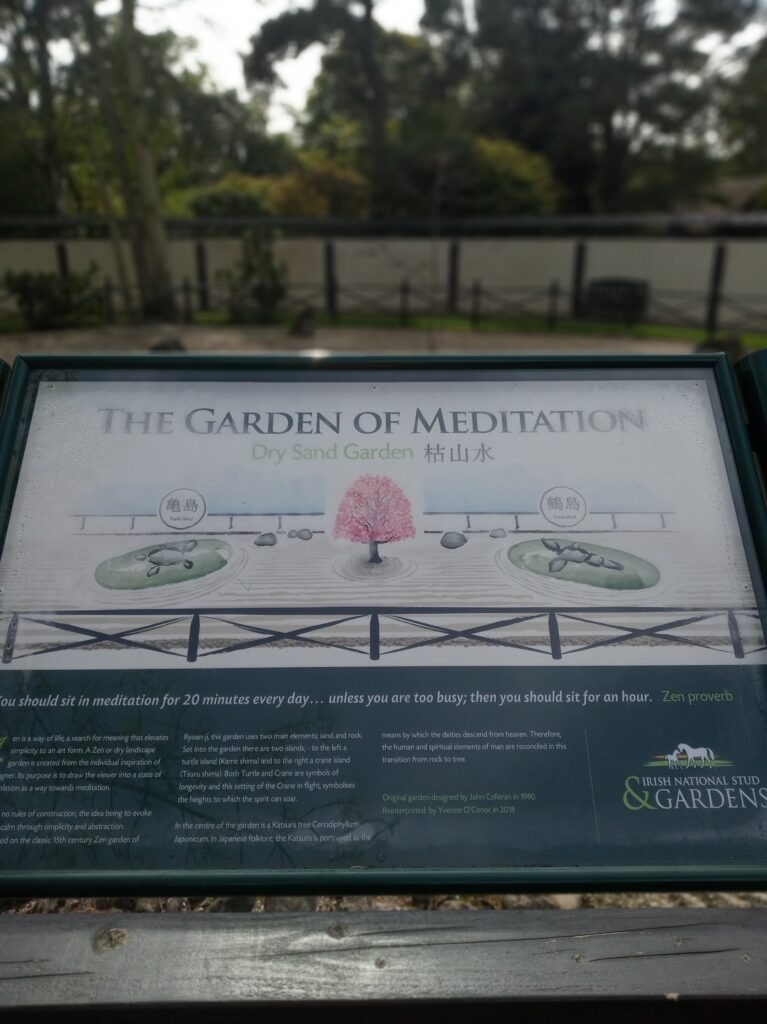Horses have played a prominent role in mythology, inspired countless books and stories, and served as some of the most beloved family members of people across the globe.
Many argue that there is no better example of both gentleness and power in nature, a combination that instantly leave us feeling lighter in their presence and free to explore the world we live in. Science aside, there’s no denying this magical and moving quality they possess!
Equine Assisted Psychotherapy (EAP) incorporates working with horses experientially for mental health, behavioural therapy and personal development. It is a collaborative effort between a licensed therapist and a horse professional working with the clients and horses to address treatment goals. Because of its intensity and effectiveness, it is considered a short-term or “brief” approach.
EAP is experiential in nature. This means that participants learn about themselves and others by participating in activities with the horses, and then processing (or discussing) feelings, behaviours, and patterns. This approach has been compared to the ropes courses used by therapists, treatment facilities, and human development courses around the world.
But EAP has the added advantage of utilising horses, dynamic and powerful living beings. This creates many metaphoric opportunities for a person to look at themselves and how they react in the world around them. No horse riding involved!
It is my experience that a lot of people find it hard to express their feelings in a counselling room to a stranger as they feel vulnerable and may not have had an opportunity to speak like this in the family setting which can cause discomfort and caution. This is where Equine Therapy comes in to play.
Equine therapy, also known as Equine-Assisted Therapy (EAT), is a treatment that includes equine activities and/or an equine environment in order to promote physical, occupational, and emotional growth in persons suffering from ADD, Anxiety, Autism, Cerebral Palsy, Dementia, Depression, Developmental Delay, Genetic Syndromes (such as Down Syndrome), traumatic brain injuries, behavioral issues, abuse issues, and many other mental health problems.
Equine Therapy can help the individual build confidence, self- efficiency, communication, trust, perspective, social skills, impulse control, and learn boundaries. Since the horses have similar behaviors with humans, such as social and responsive behaviors, it is easy for the patients to create a connection with the horse.
The Complete Book of Horses: Breeds, Care, Riding, Saddlery: A Comprehensive Encyclopedia of Horse Breeds and Practical Riding Techniques with 1500 Photographs – Fully Updated
Horses are majestic animals that are wonderful simply to be with. Horses are gentle and honest; they do not have the ability to manipulate or lie. One common treatment technique for those who were abused as children is to put the (now adult) individual in with a large horse and allow them to interact. Very often, the person will break down in tears and say something like, “I’ve never been treated this kindly by anything so big.” This is an experience the client can then take into the human world.
Horses require us to work. We get up early to feed and water them. We clean stalls. We earn wages to buy feed and tack and maintain horse properties. Domestic horses have to be groomed, exercised, and attended to.
It is the same in the human world. Most of us have to work. Whether it is raising children or going to an office, factory, or running a business, we get up early and show up on time. We participate in tasks that are not always easy or pleasant. We attend to our daily needs and those of others. We pay bills, clean the house, and keep the car in working order. We work hard and enjoy our moments of respite.
We also have to work to maintain our relationships. We listen to our friends, show up for our families, and provide service to our communities. Working hard and showing up in a healthy way are skills that can be learned by engaging with horses.
Riders with disabilities demonstrate their remarkable accomplishments in national and international sport riding competitions. Equine-Assisted Therapies have been recognized in the medical and mental health field by most major countries.
This list includes characteristics of horses that make them unique for therapy.
Non-judgmental and unbiased: Horses react only to the patient’s behavior and emotions and are not biased by the patient’s physical appearance or past mistakes. Patients describe this as being crucial to the therapy and aids in increase of self-esteem and self-confidence.
Feedback and mirroring: Their nature as a prey and herd animal makes them hyper vigilant and sensitive, thus making them keen observers. This means that their feedback is provided earlier and more consistently than with a human therapist. The horse has an innate tendency to mirror the patient’s behavior, physical movements and emotions, which help the participant be more aware of him or herself. It allows patients to “feel felt”. This feedback can then be translated by the equine specialist and analyzed by the group.
Metaphor for real life: The ability of a therapist to use the horse as a metaphor for other issues helps make the equine treatment applicable to real life problems. An example of how a therapist can help the patient work out issues in their own lives through the use of the horse as a metaphor: “One child was having great difficulty discussing how they were feeling about an upcoming move to another state. She was, however, able to offer many suggestions for how to help a horse that was being sold feel more comfortable in his new environment”. Using the horse as a metaphor for his own move, the child better understood and could cope with her own move.
Given that EAP isn’t widely available yet, it may be difficult to find an establishment offering this service in your area. However, PATH International and EAGALA — reputable equine-assisted therapy associations — have listings of accredited centers by location.

I Love Horses! Activity Book: Giddy-up great stickers, trivia, step-by-step drawing projects, and more for the horse lover in you! (I Love Activity Books)
There’s a lot to recommend spending time with horses. For the people who love them, time riding and caring for these animals is full of natural, companion interactions and a deep sense of fulfillment!
As I mentioned in a previous article our nieces Rebecca and Laura have their own horses and take part in a lot of horse events.
They both have won awards and medals in showjumping and cross country horse events!!!
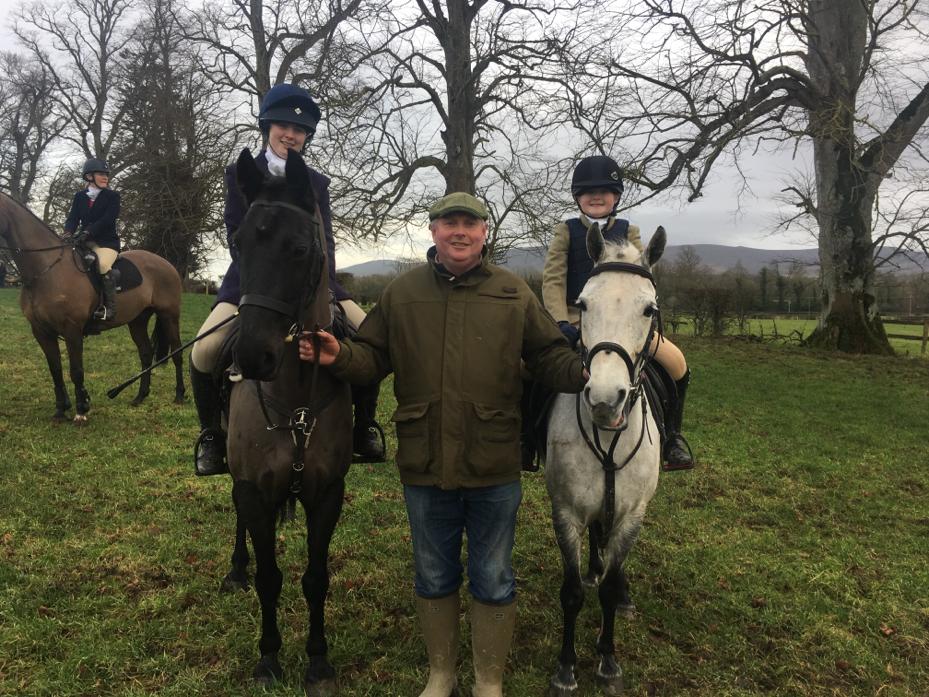
One of the most important things children learn riding horses is leadership. Horses are herd animals. They have a very strict pecking order in the herd. A rider gets a horse to respond to them by being the leader. Those great horse/rider teams – the one where the horse will challenge its own fear to do as the rider wants – come about because the rider has shown leadership to the horse.
Horses also teach children discipline. Horse have to be fed, watered, groomed and exercised. Their stalls and equipment must be cleaned. These are daily chores. Horses teach children to be disciplined and work hard.
One can’t put off feeding their horse until “later” and then expect the horse to respond well. A good horseperson takes care of all a horse’s needs first and promptly, no matter what else they have going on in their life.
Having an animal as large as a horse do what you ask it to do is a confidence-boosting experience. So many people are afraid of horses because of their size and the threat they pose. Someone who can get a horse to do what they want it to do will glow with confidence.
Horses can teach children patience and to learn from their mistakes. Horses have minds of their own. A rider has to work with the horse to get it to perform as desired. It is a partnership, and one that doesn’t always go well.
Children learn that they don’t always win the horse show. Their horse may be lame when they want to go riding. They will be frustrated when the horse won’t do for them what it will do for their trainer. These are all learning opportunities. And they are worthwhile!
Luckily, you don’t have to be a horse owner to spend time with them and reap the accompanying benefits. Horse stables nationwide often accept grounds volunteers enthusiastically, and as well as offer riding lessons and trail rides — and not all of these opportunities are restricted to rural areas. In fact, you just might be surprised by the unexpected places where quality time with horses is an option.
It was a beautiful sunny September morning in 2020 that I decided to visit Irish National Stud and Gardens situated less than one mile outside Kildare Town. Just 30 miles from Dublin!
The Irish National Stud belongs to the people of Ireland but prides itself on being enjoyed and appreciated by visitors from all parts of the globe. Nowhere better symbolises all that is great about County Kildare, the beating heart of Ireland’s thoroughbred industry, than the stud, a unique attraction of outstanding natural beauty that is home to some of the most magnificent horses and sumptuous gardens to be found anywhere in the world.
For well over 100 years, the pride of Tully has been a working stud farm, its central objective being to produce for Ireland thoroughbreds capable of being crowned champions at home and abroad.
In that aim it proved an instant hit with Minoru, one of the first star horses born and raised on the stud’s idyllic land, triumphing in horse racing’s most important contest, the Epsom Derby, way back in 1909!
There are over 400 acres of parks, walkways and gardens to visit! This is a beautiful time of the year to spot some wildlife and enjoy the good weather and the fresh air!
Ireland is the land of the horse and Kildare Stud Farm is the only open commercial stud farm in the world that you can come and visit. People can experience the natural world and view the magnificent horses up close!
In 1943, the newly formed Irish Government took over the land and buildings at an agreed valuation. In 1945 the Irish National Stud Company Ltd. was formed and it officially took over the running of the Stud on 31st August, 1946.
Almost seven decades later, in May 2011, Her Majesty Queen Elizabeth II came to the Irish National Stud to see for herself where the winners of five Classics for her family were produced!
ST FIACHRA’S GARDEN
St. Fiachra’s Garden was designed in 1999 by award-winning landscape architect Professor Martin Hallinan.
Japanese Gardens
The Irish National Stud’s Japanese Gardens, renowned throughout the world and the finest of their kind in Europe, are far more than simply a treat for the eye. They also provide comfort to the soul, achieving exactly the objective that was set out when the gardens were created between 1906 and 1910.
Devised by Colonel William Hall Walker, a wealthy Scotsman from a famous brewing family, the gardens were laid out by Japanese master horticulturist Tassa Eida and his son Minoru.
Their aim was, through trees, plants, flowers, lawns, rocks and water, to symbolise the ‘Life of Man’. That plan was executed to perfection and Eida’s legacy is now admired by the 120,000 visitors who soak up the peace of the gardens every year.
If you have any information,questions, or feedback you would like to include in this post.
Please email momo19@diabetessupportsite.com or leave your comments below.
